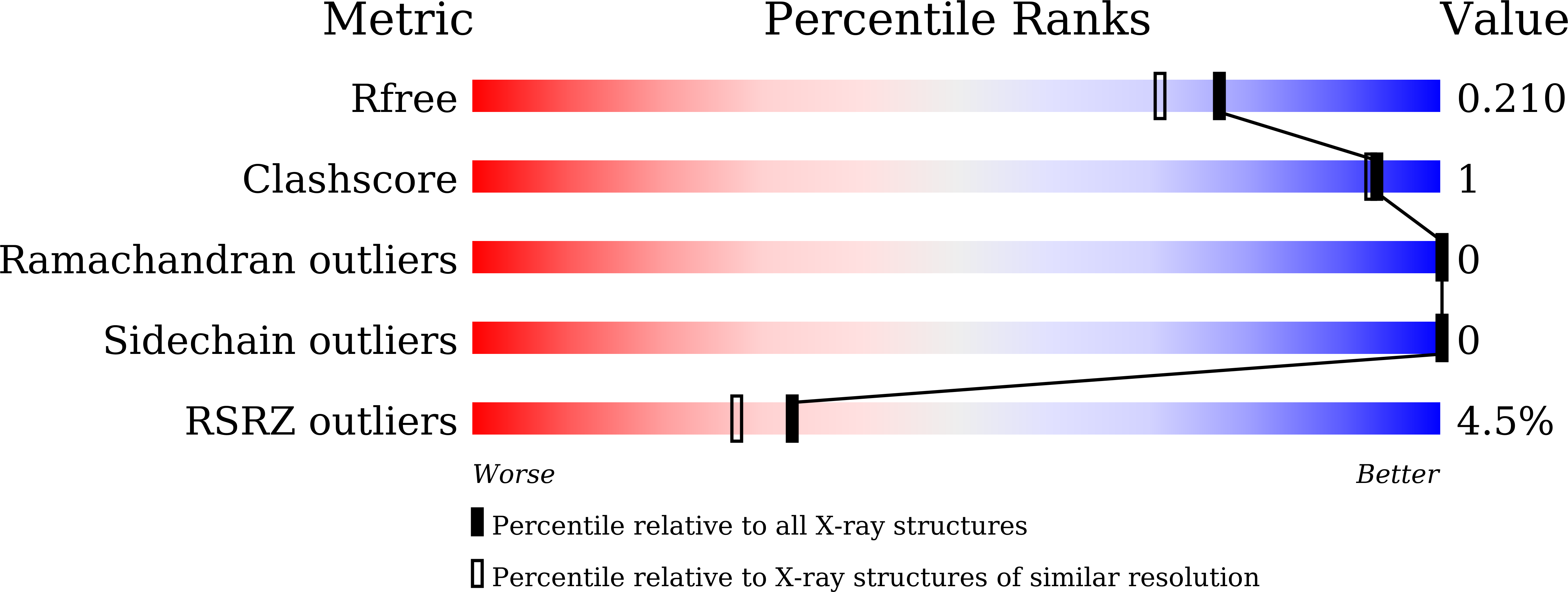
Deposition Date
2020-05-07
Release Date
2020-10-14
Last Version Date
2024-11-13
Entry Detail
PDB ID:
7C2B
Keywords:
Title:
Crystal structure of ferredoxin: thioredoxin reductase and thioredoxin f2 complex
Biological Source:
Source Organism:
Arabidopsis thaliana (Taxon ID: 3702)
Host Organism:
Method Details:
Experimental Method:
Resolution:
1.79 Å
R-Value Free:
0.21
R-Value Work:
0.17
R-Value Observed:
0.18
Space Group:
P 21 21 21


